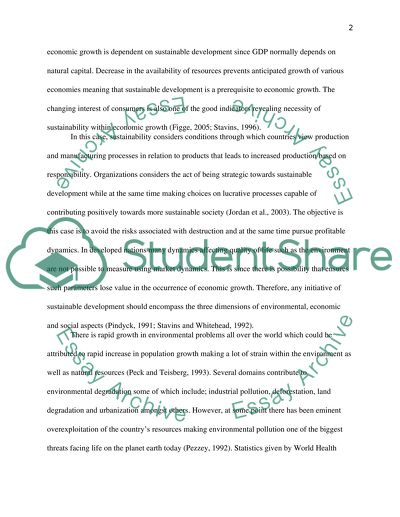Cite this document
(“Outline and assess the extent to which market-based policy instruments Essay”, n.d.)
Retrieved from https://studentshare.org/social-science/1681690-outline-and-assess-the-extent-to-which-market-based-policy-instruments-provide-effective-solutions-to-public-policy-problems-provide-reasons-for-your-answer-and-draw-on-policy-developments-in-at-least-two-policy-domains
Retrieved from https://studentshare.org/social-science/1681690-outline-and-assess-the-extent-to-which-market-based-policy-instruments-provide-effective-solutions-to-public-policy-problems-provide-reasons-for-your-answer-and-draw-on-policy-developments-in-at-least-two-policy-domains
(Outline and Assess the Extent to Which Market-Based Policy Instruments Essay)
https://studentshare.org/social-science/1681690-outline-and-assess-the-extent-to-which-market-based-policy-instruments-provide-effective-solutions-to-public-policy-problems-provide-reasons-for-your-answer-and-draw-on-policy-developments-in-at-least-two-policy-domains.
https://studentshare.org/social-science/1681690-outline-and-assess-the-extent-to-which-market-based-policy-instruments-provide-effective-solutions-to-public-policy-problems-provide-reasons-for-your-answer-and-draw-on-policy-developments-in-at-least-two-policy-domains.
“Outline and Assess the Extent to Which Market-Based Policy Instruments Essay”, n.d. https://studentshare.org/social-science/1681690-outline-and-assess-the-extent-to-which-market-based-policy-instruments-provide-effective-solutions-to-public-policy-problems-provide-reasons-for-your-answer-and-draw-on-policy-developments-in-at-least-two-policy-domains.


